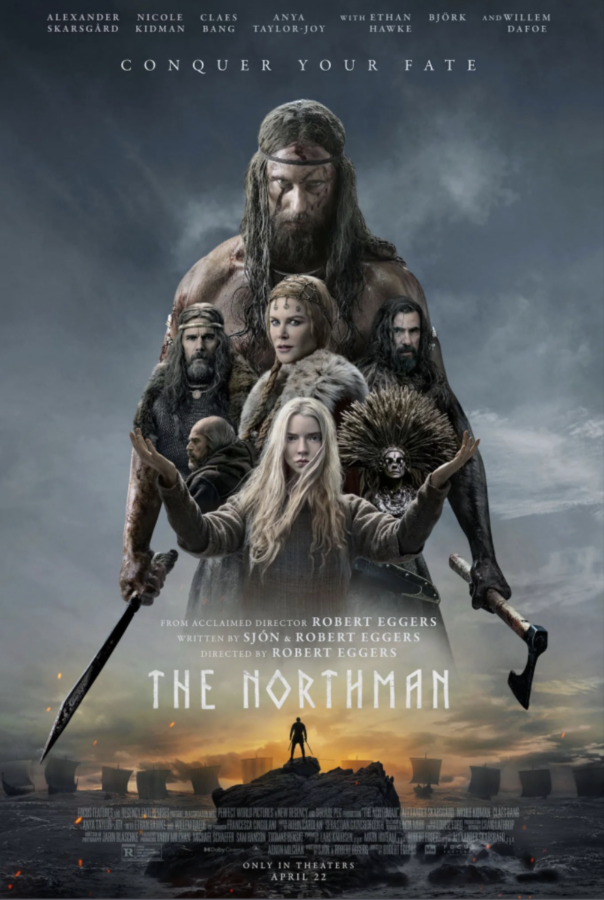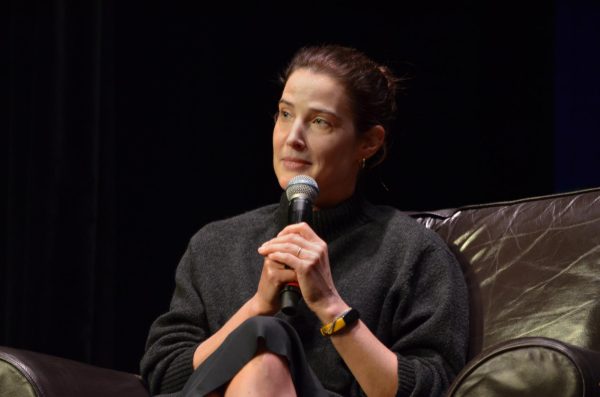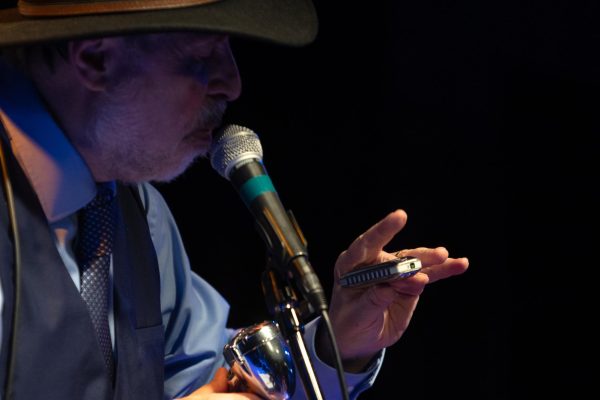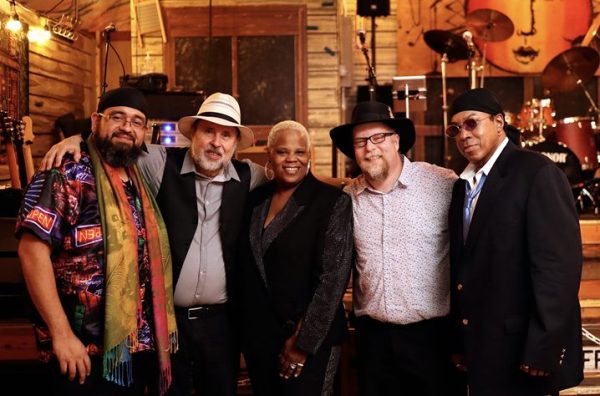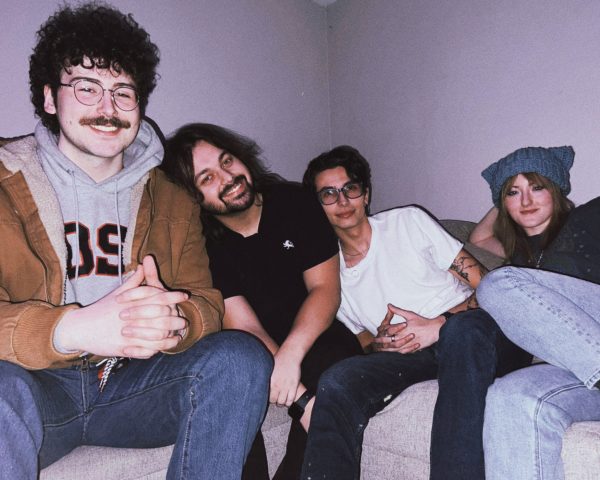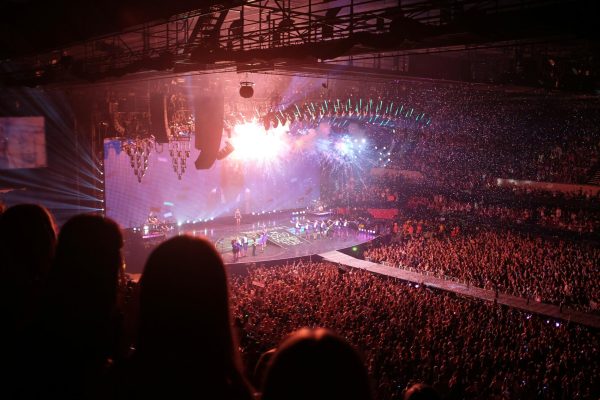“The Northman”: a Viking revenge story that breaks the Hollywood formula
“The Northman,” a film by Robert Eggers, strays from the norm to create a captivating Viking tale.
April 25, 2022
Editor’s Note: This article is a review. Views are the individual’s own and do not represent the views of the organization.
As we enter a new era of films in a post-pandemic world, Hollywood has become very cautious when it comes to the movies it decides to back up. Recently, large-scale original epic stories have become rare not because there is a shortfall of new intellectual property but because it is always a gamble to invest in untold stories.
Robert Eggers’ “The Northman” is an uncommon film. It is a $90 million epic tale that steers away from the war and action-adventure you come to expect from a Viking movie and focuses on the interpersonal drama of its characters. It borrows revengeful themes from Shakespeare’s “Hamlet” while posing a real-life question: kindness for your kin or hate for your enemies?
“The Northman” takes place in 895 A.D. Amleth (Alexander Skarsgard), whose name is an anagram for Hamlet, is a young prince and son of the King Aurvandil War-Raven (Ethan Hawke). Being gone for quite some time, Aurvandil and his brother, Fjolnir (Claes Bang), return home to Hrafnsey in east Iceland after raiding a nearby village. Aurvandil was hurt in battle, and as he grows old, his future as king is uncertain.
Similar to the tragedy of Hamlet and stories like “The Lion King,” Amleth’s uncle Fjolnir, betrays his kingdom and kills his brother Aurvandil. Fjolnir takes control of Hrafnsey and the Queen Gudrun (Nicole Kidman) as Amleth escapes off-land.
The story picks up 20 years later, and Amleth, now a fearless Viking berserker, is part of a warrior gang. As he grows older, Amleth has perfected his battle skills and is filled with rage from the tragedies of his past. He has only one purpose in life: to avenge his father, kill Fjolnir and save his mother.
As expected from director Robert Eggers, “The Northman” is a technical marvel. During the first act, where a lot of the action scenes take place, the camera will follow Amleth and never cut away from the brutality and violence of his moves. It is always impressive when a film makes effort to have long continuous takes, and considering the movie was shot on location in Iceland and Ireland, the task was even more challenging.
Eggers is the kind of director that likes to shoot his movies with as much practicality as possible. As a filmmaker, he limits the amount of CGI and attempts to build sets for every scene. “The Northman” uses natural light in most of its shots, and this artistic choice only adds to the overall goal of building a more grounded and ancient feel to the movie.
The attention to detail is also another trait of “The Northman.” Skarsgard used only one pair of boots throughout the entire 87 days of shooting and as a part of a set decoration, where lines of fish are hung up to dry, they used real fish instead of plastic ones. Part of the magic of movies is immersing audiences in the story and what better way to achieve that goal than using the environment around you to your advantage and leaning away from computer graphics.
The realism and detail of this revengeful tale also translate into the score. Eggers hired first-time composers Robin Carolan and Sebastian Gainsborough to create the soundtrack but gave them a challenging task. In order to recreate the ancient and medieval feel of the Viking Age, the composers were limited to using only archaic instruments. The outcome was a score that fits perfectly with the age the movie is set with “Storm at Sea” being one of its best songs.
Based on the previous films such as “The Lighthouse” and “The Witch,” Eggers continues his obsession with historical accuracy. Many of the props used in the film such as masks are replicas of archeological discoveries, and considering it is a Viking tale, it comes as no surprise that the story is embedded in Norse Mythology. Norse gods are referenced throughout the film, and myths such as the world tree and Valhalla also play their part in the narrative.
The performances are also stellar across the board. Alexander Skarsgard as Amleth is unrecognizable; however, the best portrayal in the film is by Anya Taylor-Joy. She plays Olga, a slave and survivor of a Viking raid who develops a relationship with Amleth. Olga is an opposing force to Amleth’s dangerous journey of revenge. Their emotional connection causes personal conflict within the main character and circles back to the overall message of the film: the choice between the kindness of your kin or hate for your enemies.
“The Northman” is not what audiences have come to expect from a Viking movie. It is unconventional in its narrative and leans away from the action-adventure tropes to tell a more personal story. It takes a risk by doing so; however, Hollywood needs more original stories that are willing to break the formula of what makes a good film.

